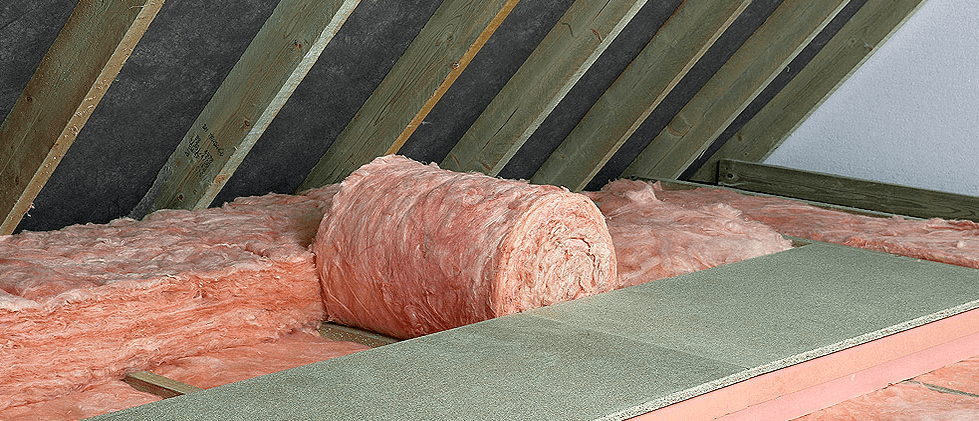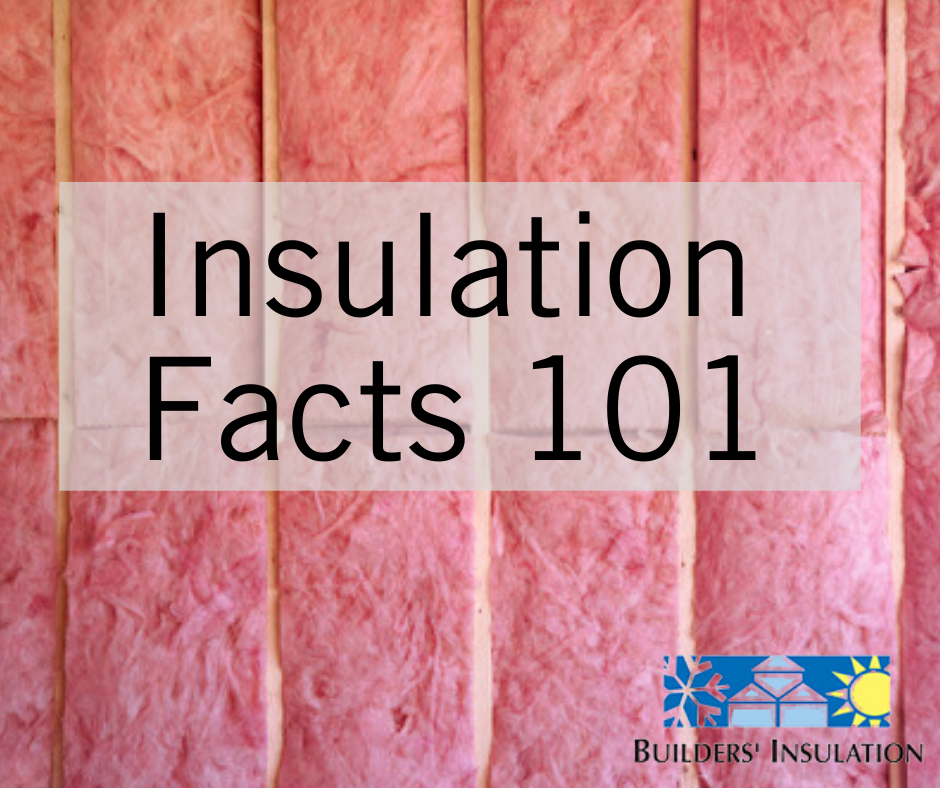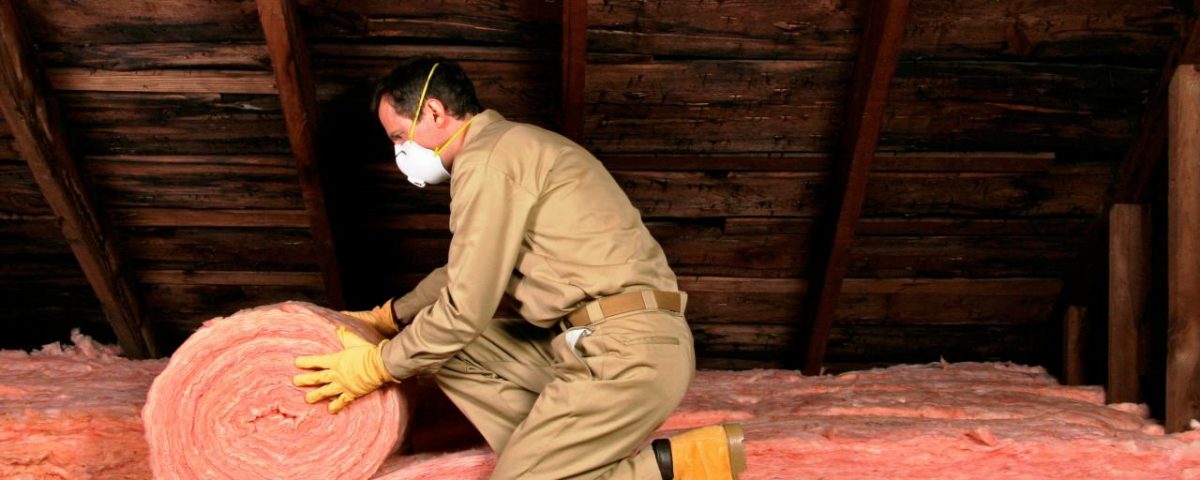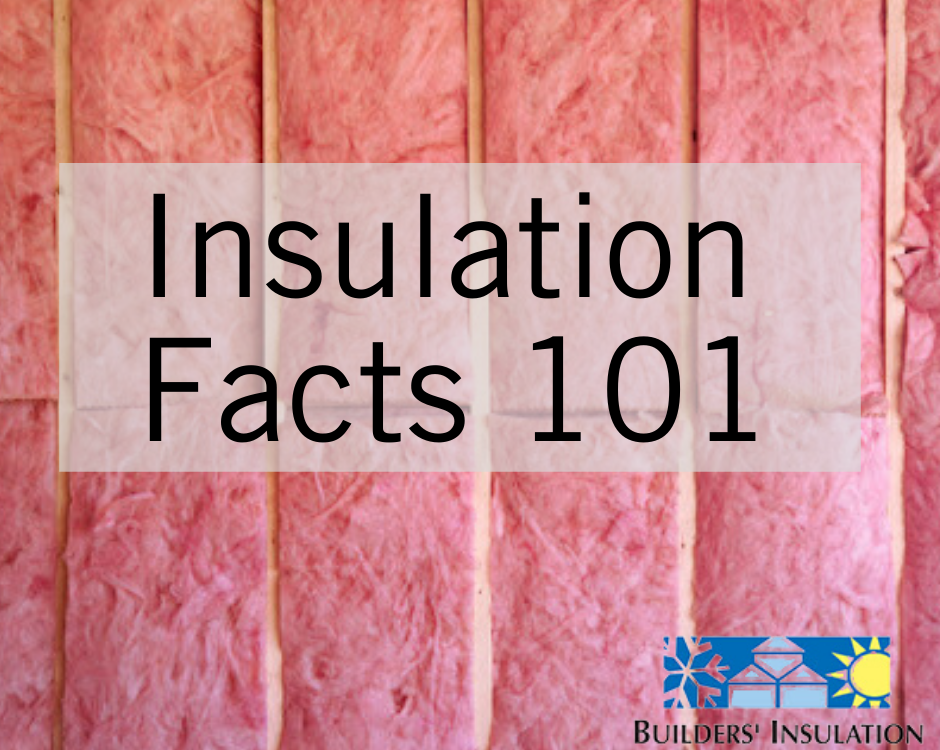

Winter insulation tips for your home
November 8, 2019

Insulation Facts 101
April 20, 20204 ways to tell your home insulation needs to be replaced.


Homeowners don’t give insulation much thought, until that is, they start noticing the unfortunate side effects of insulation that needs to be replaced.
It is important to note that insulation is designed to last for many, many years. However, over environmental factors along with any potential issues within the home, can cause insulation to deteriorate at a quicker rate.
At Builders’ Insulation we pride ourselves in always being up front and honest with our customers. In other words, if your insulation needs to be replaced or upgraded, we are always going to share that, but equally, we are also going to be transparent when your insulation is just fine.
Take a look at these signs that your home insulation needs to be replaced. If any apply to your situation, give our experts at Builders’ Insulation a call for a free inspection.
- Issues with indoor temperature regulation – If you find yourself having to crank the furnace up or dial the AC down farther than normal, just to stay comfortable in your home, then this is a good sign that the insulation is not doing its job to trap the cold or hot air and likely needs to be replaced.
- Drafts – You shouldn’t be feeling the breezes from outside, while you are inside of your home. Drafts are often a telltale sign that that is a bigger problem with the insulation in your home.
- Moldy or Wet Insulation – If you find that your insulation is moldy or damp that is a sign of a much bigger issue. Chances are that if you are finding that you have insulation that has been damp or if it staying wet, it is time to call a professional to inspect the situation. Wet insulation could be an indication that there is a leak in your home, if that is the case, the leak needs to be stopped and the insulation replaced.
- Evidence that rodents have been in your insulation: It is incredibly unpleasant to think about, but from time to time rodents can get into your home, and sometimes it is from finding a small opening, and then conversely eating their way through the insulation that is in your walls.
If you find yourself to be in any of the situations that we listed, the next step is determining the best insulation for your situation. Below are descriptions of the most common types of insulation.
- Fiberglass Insulation – This insulation is the most common type of insulation.Fiberglass insulation comes in two different varieties. You can find fiberglass insulation in blanket form which is batts and rolls, and loose fill. Fiberglass can be placed in unfinished walls, floors and ceilings. It is fitted between studs, joists, and beams.
- Closed And Open Cell Polyurethane Foam – This type of insulation, prevents air leaks, maintains inside air temperatures, is effective at noise reduction, minimizes dew point problems while providing continuous insulation. This type of insulation can be costly up front but, offers savings in the long run.
No matter the reason for feeling like it may be time to replace or upgrade your existing insulation, the professionals at Builders’ Insulation are ready to help you troubleshoot. Contact us today.

